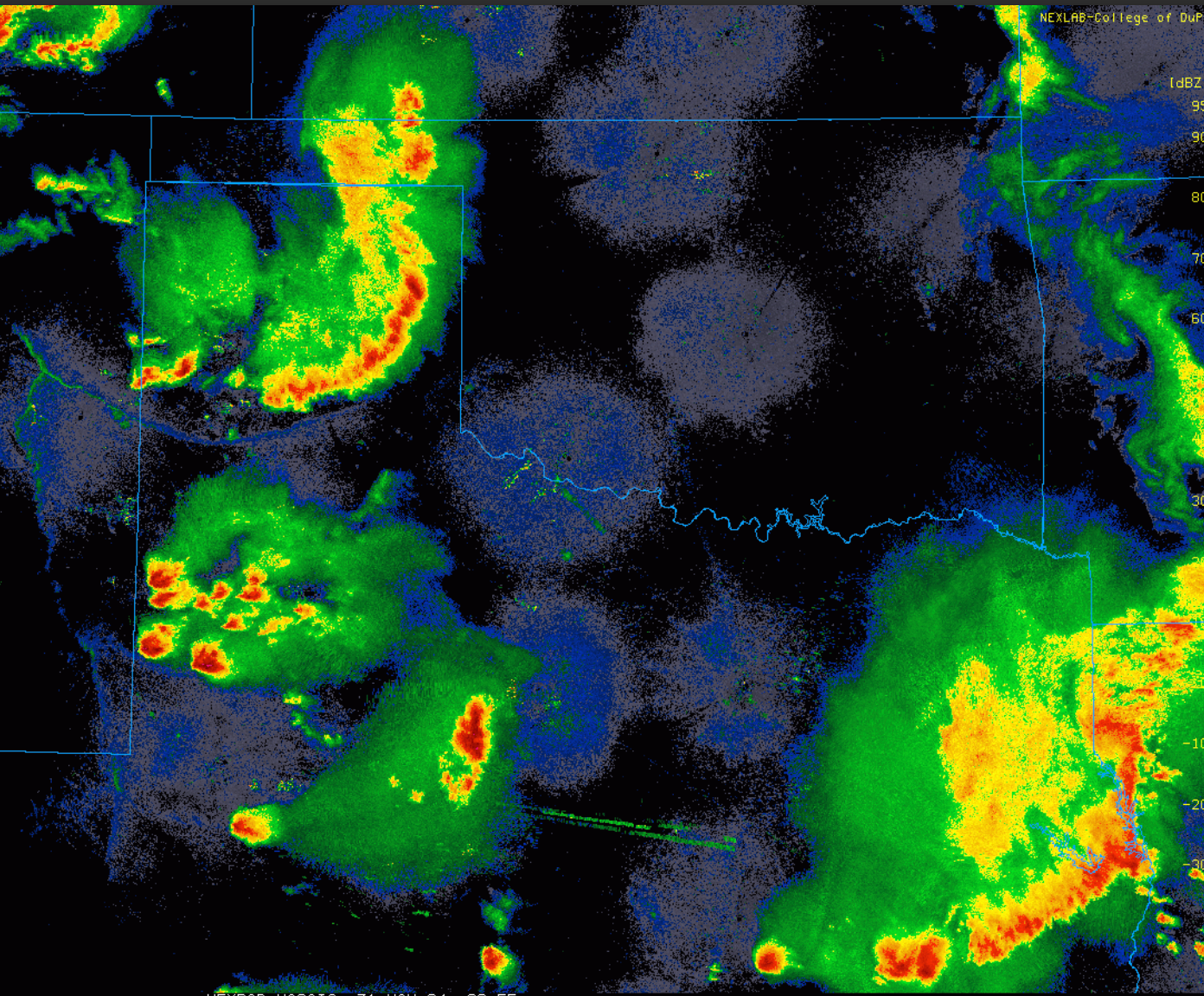Top 5 Hailstorms of 2024
Discover the top 5 most destructive hailstorms of 2024. See where massive hailstones hit hardest, causing billions in damage across the U.S.
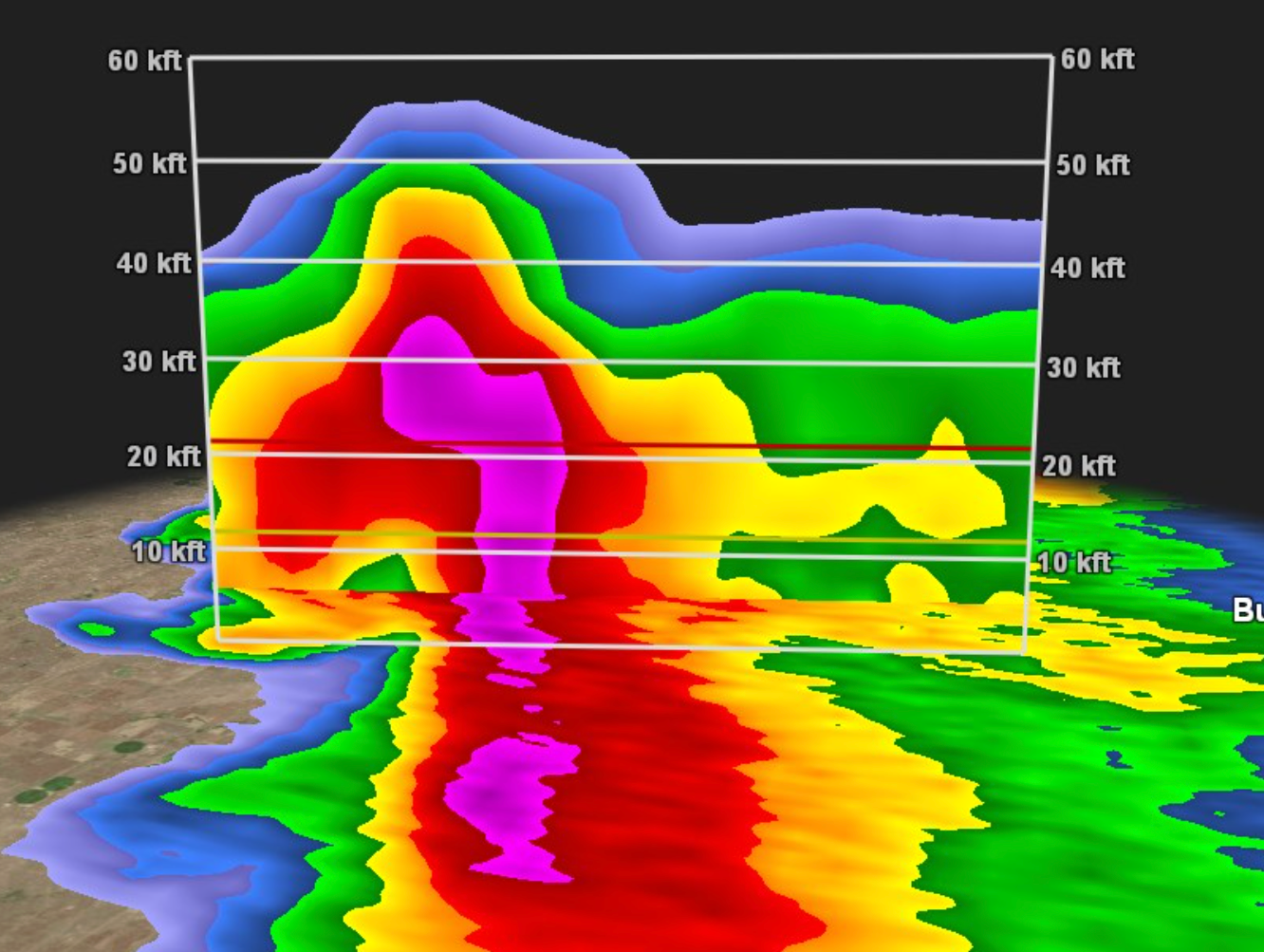
Let's take a look at the top 5 most impactful hailstorms of 2024. Buckle up, the hail sizes are only going to increase—as well as the structures impacted.
#5 - OKC Late Bloomer Hailstorm
Coming in at #5, we have the September 24th Oklahoma City hailstorm. Usually, big hail only falls during the spring season. But this late bloomer begs to differ.
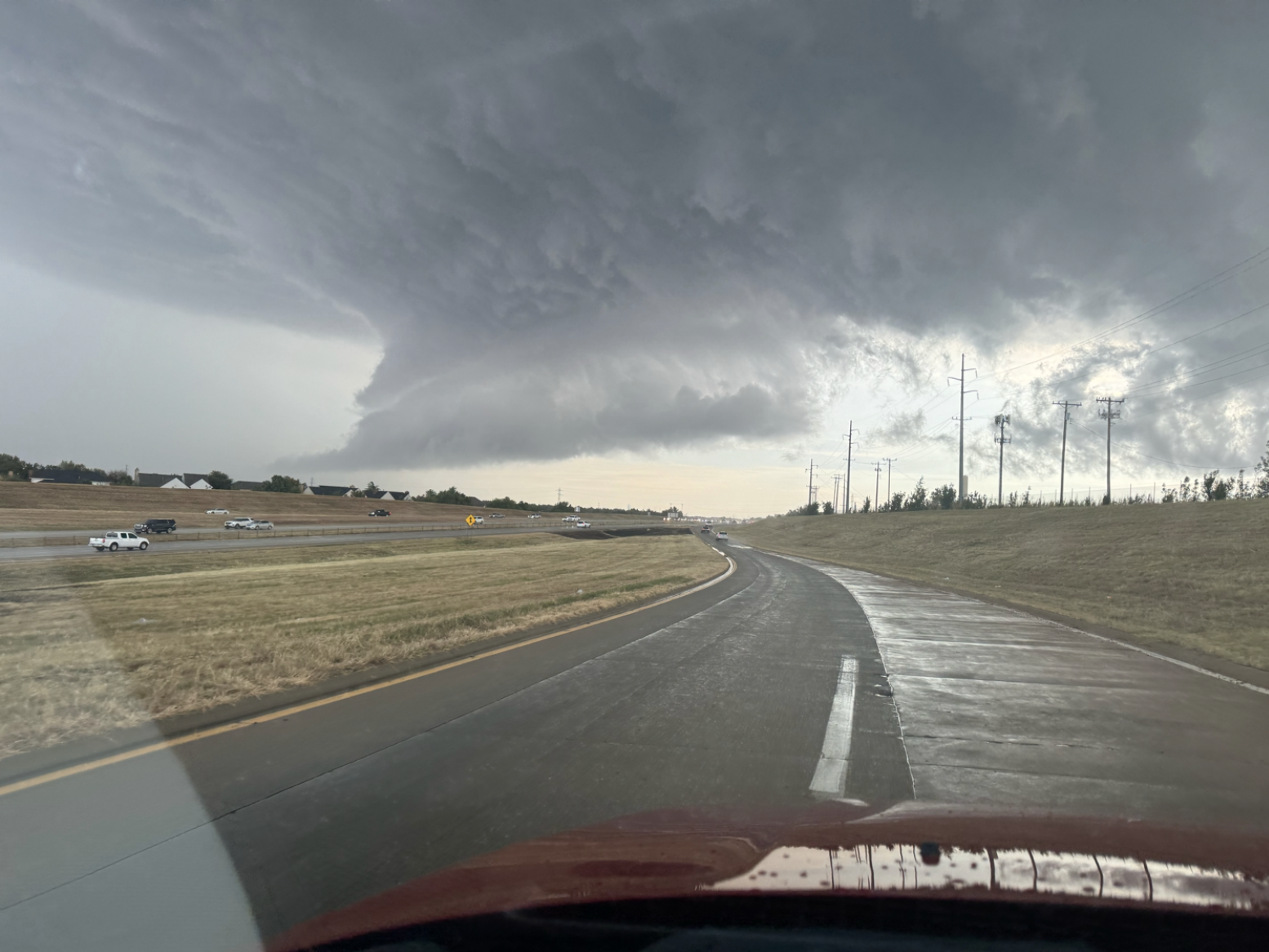
This 5-star storm produced a beautiful supercell, before dropping baseball-sized hail on 6,500 homes for over 16 minutes. Next, it tracked from the northwest side of OKC down to the southeast, barely skimming the south side of the city—a densely populated area.
What's more? People were outside when this was happening: in the middle of their evening commutes, walking the streets when this phenomenon occurred.
The aftermath of this hailstorm was truly severe, impacting over 6,000 houses. Imagine all of those cars on the road–all damaged with hail. Oh, and golf courses too.
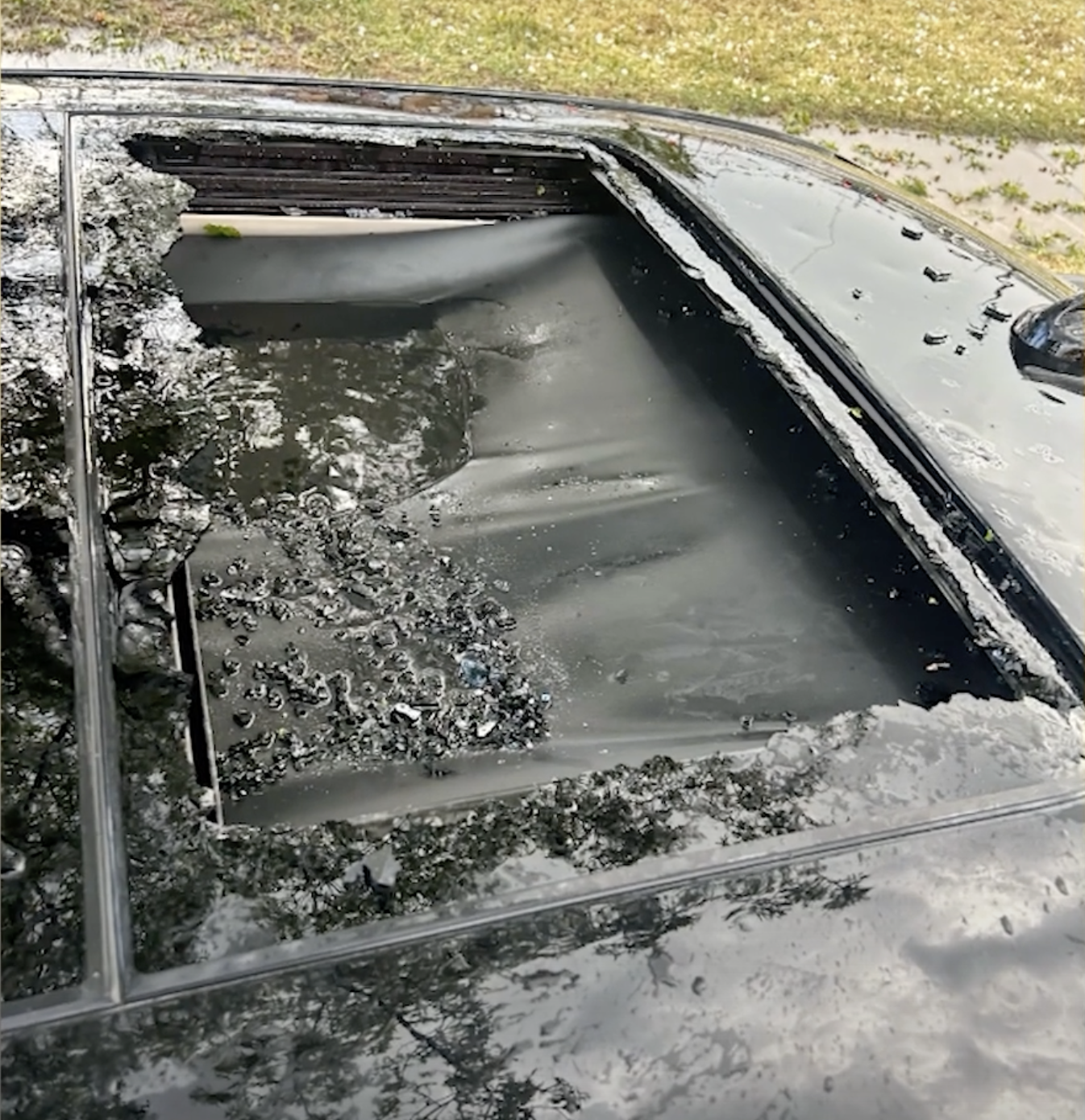
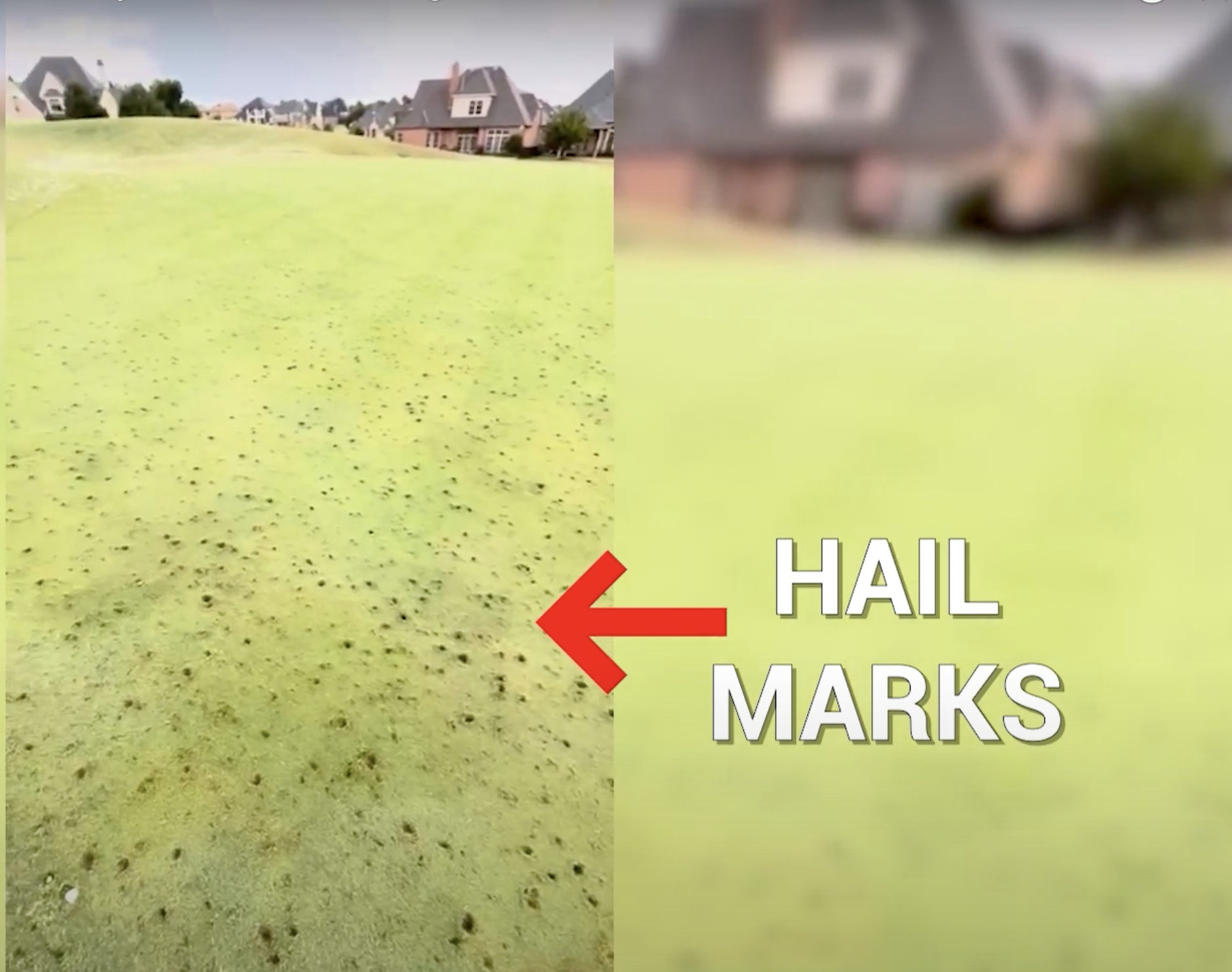
On the left, a car's sunroof is shattered by this hailstorm in downtown OKC. On the right, the same storm punctured the fairway on a golf course, causing unforeseen expenses. Courtesy, HailTrace.
#4 - May 9th Outbreak
Next up, the May 9th Outbreak ranked at #4 for our biggest hailstorm of the season. This wasn't just one day of hail, this was a series of storms leading up to May 9th.
On May 7th, the first day of the outbreak, softball-sized hail fell in Chicago. The next day, hail swaths stretched from Texas to Tennessee. Both days had damaging tornadoes and hail, but what's strange, is this:
The first day of the series had reports of 72 tornadoes and on the second day, there were also reports of 72 tornadoes. These numbers matched up exactly. It wasn't until May 9th that the big hail arrived.
"The trend is your friend", HailTrace Meteorologist Taylor Cox says.
Knowing that both days leading up to May 9 were really big severe weather days meant that May 9th was expected to be severe. The tornado reports weren't as high that day, but Texas recorded the third largest hailstone in history on this day.
Clocking in at about 6.14 inches in diameter, larger than the size of a softball, the NWS described the hail as DVD or CD-sized hailstones

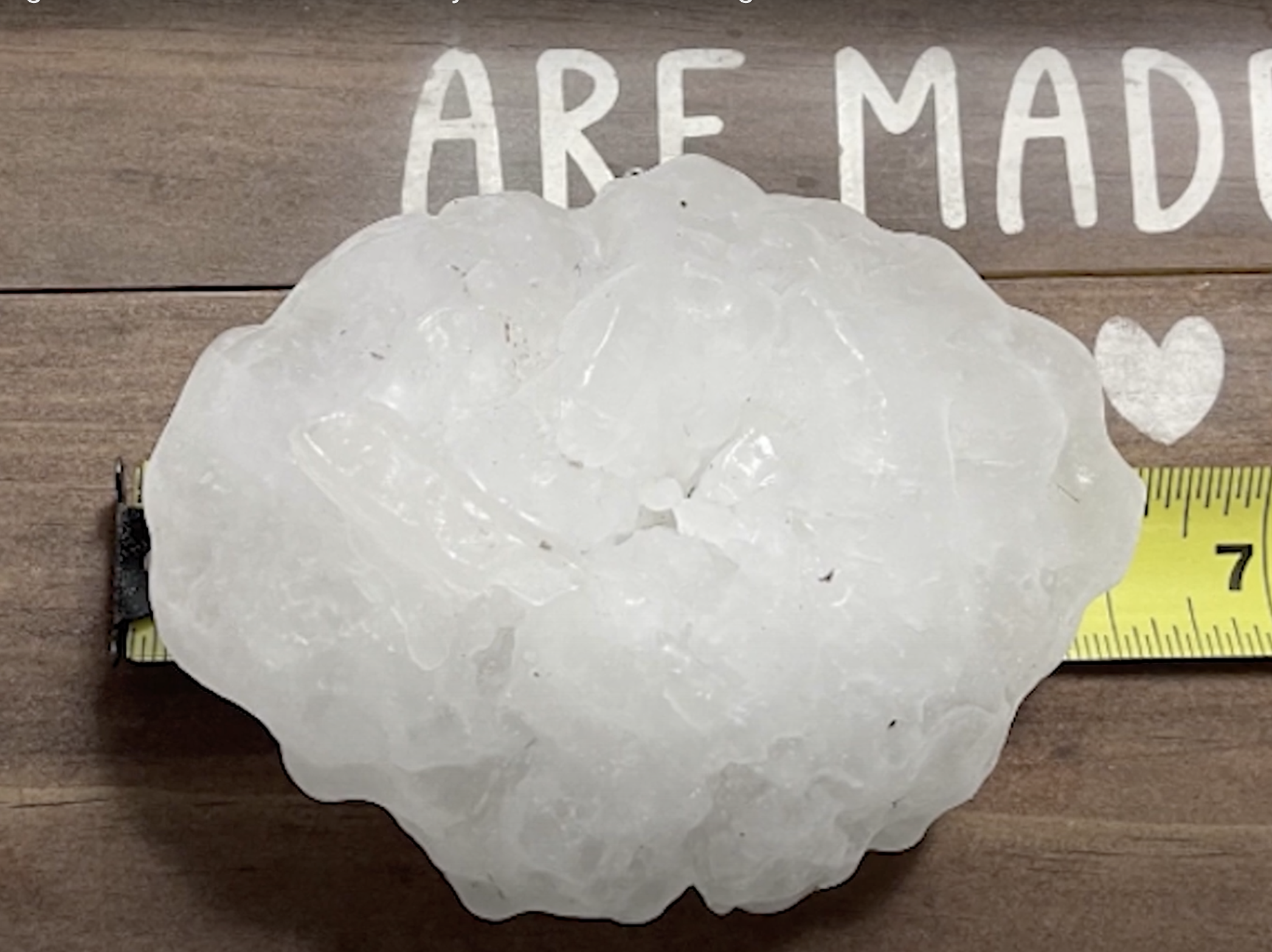
NWS expert measuring Katie Puckett's massive hailstone she stored in the freezer. Courtesy, Katie Puckett.
"This was an absolute monster." Cox said.
The person who spotted this hailstone was Katie Puckett, in Johnson City, TX. She quickly put the hailstone in her freezer to keep it from melting. It wasn't until a week later that the NWS made its way to her house to record the size of the stone.
The hailstone had shrunk to 5.4 inches when the NWS arrived, but HailTrace had received Puckett's picture when it was 6.14 inches, allowing for proper documentation. With this knowledge, the NWS deemed it to be the 3rd largest hailstone in Texas.
These storms caused 6.6 billion dollars of damage across the US.
#3 - St. Louis Bullseye Hailstorm
An outbreak of storms starting on May 20th originated over western Oklahoma. Fast forward to May 26th where storms fired in Missouri—we knew they were going to be strong.
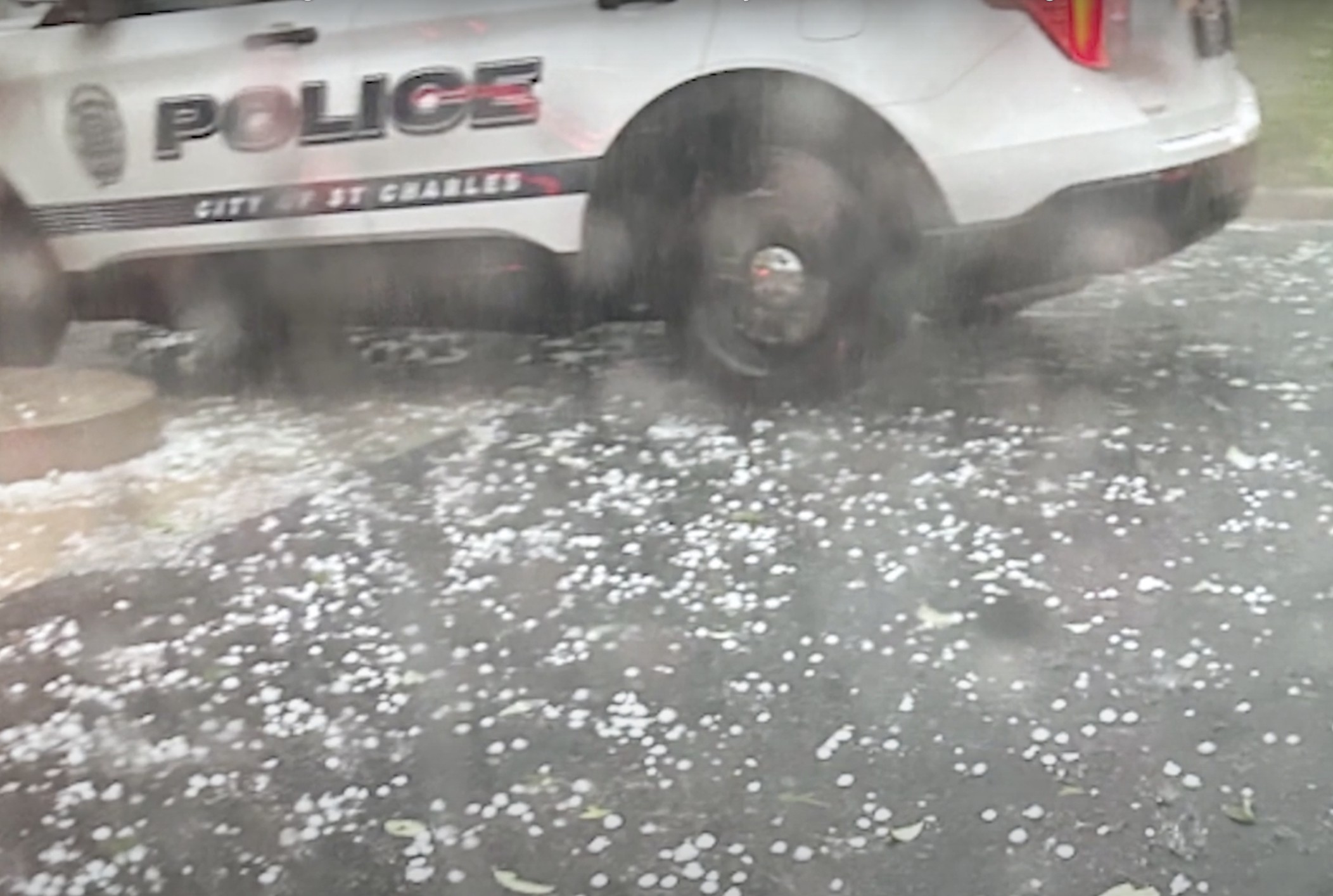
Tennis ball and baseball-sized hail swathed across the western side of Missouri, with intel from HailTrace maps. It was day after day of storms, and then the largest hailstone fell on the 26th in Springfield, MO.
Approximately 4 inches in size—not as big as what we previously saw—the hailstones pelted St. Louis as if the city was being attacked. But the outbreak was far from over.
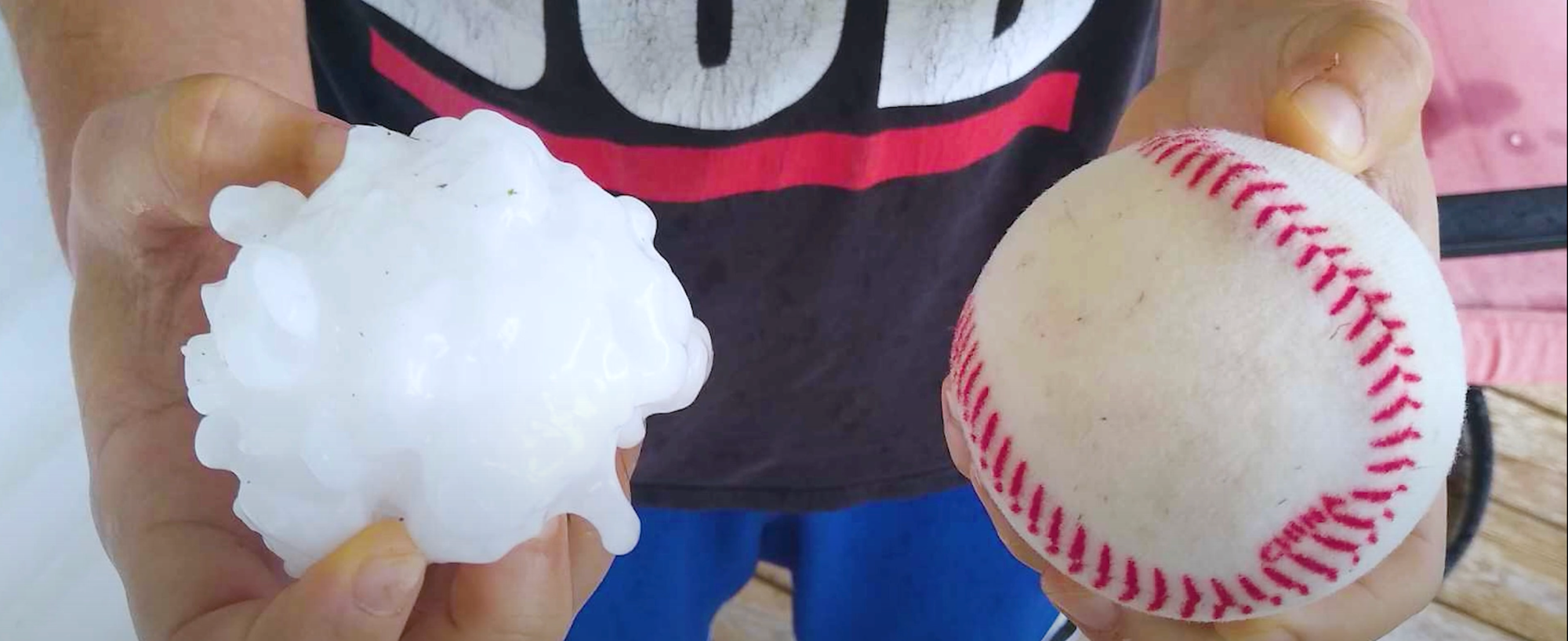
These storms were followed up by a 5-star day for baseball-sized hail in Dallas and Fort Worth, TX, costing Texas about 2.3 billion dollars in damage. But it didn't stop there. A 4-star day dropped 5 inch hail just outside of Lubbock, TX the following day. Three massive hailstorms, three days in a row. Now that brings us to May 30th.
#2 - Denver's 3 Billion Dollar Storm
Our #2 storm takes us to Denver, CO—this hailstorm will actually go down in history for Denver hail.
It was the beginning of Colorado's storm season when a hailstorm targeted Denver, costing them approximately 3 billion dollars in damage—just for hail. To compare this cost, let's take a look at our previous #5 OKC hailstorm:
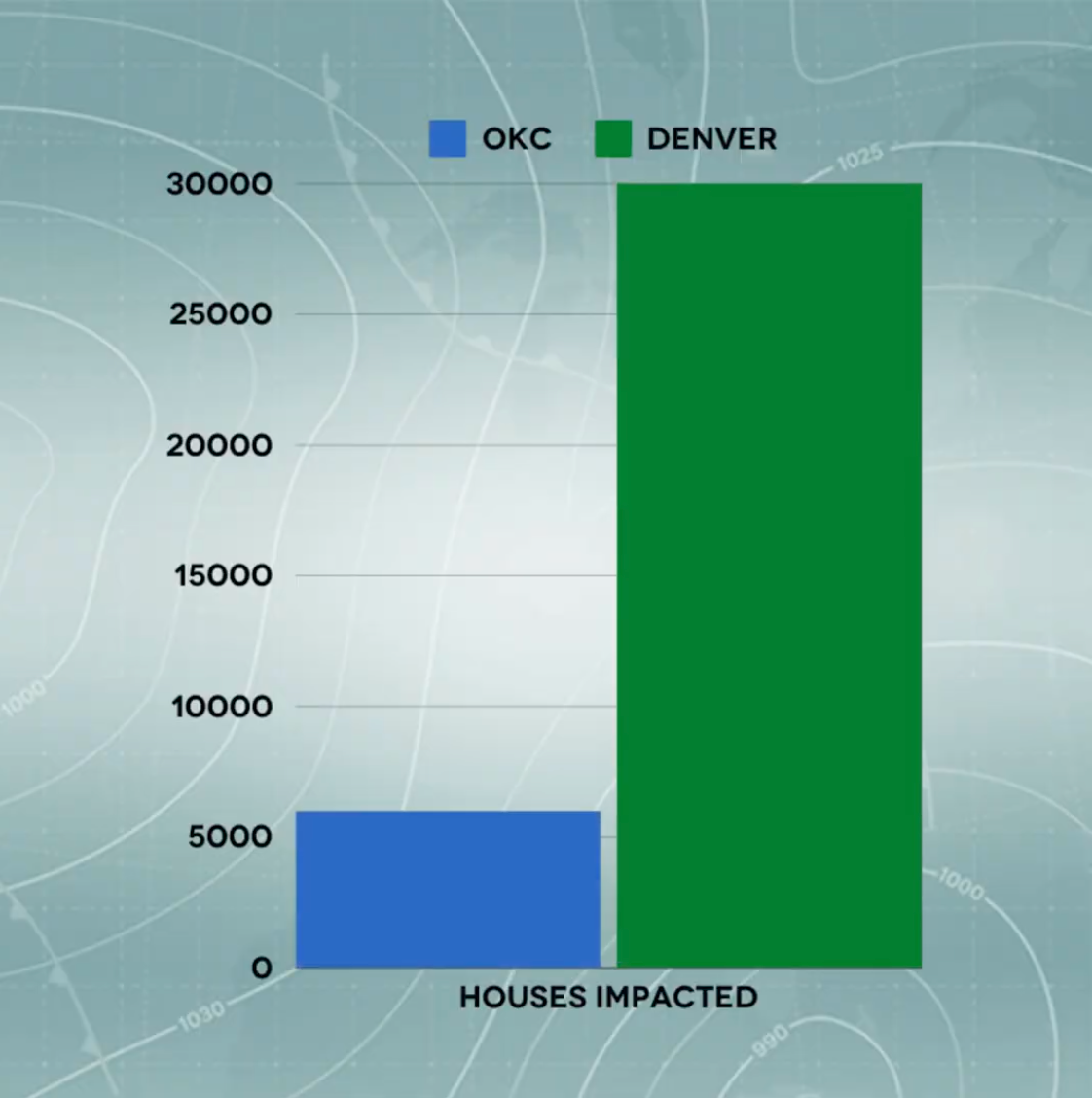
OKC had baseball-sized hail which impacted over 6,000 houses, but Denver had over 30 thousand that were impacted by the same hail size. Denver's storm was so severe that the NWS put a 'destructive tag' on the severe thunderstorm warning—this is not often used.
Simply put, a destructive tag is used by the NWS if hailstones reach over the size of baseballs and are falling over a densely populated area. Other hazards like 80 mph+ wind speeds fall under the destructive tag category. The tag will trigger WEAs to alert peoples's cellphones.
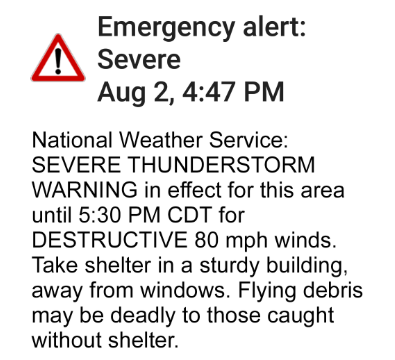
A WEA is a wireless emergency alert. Similar to when you get an amber alert, your phone buzzes and draws your attention—this is the same thing, but for weather.
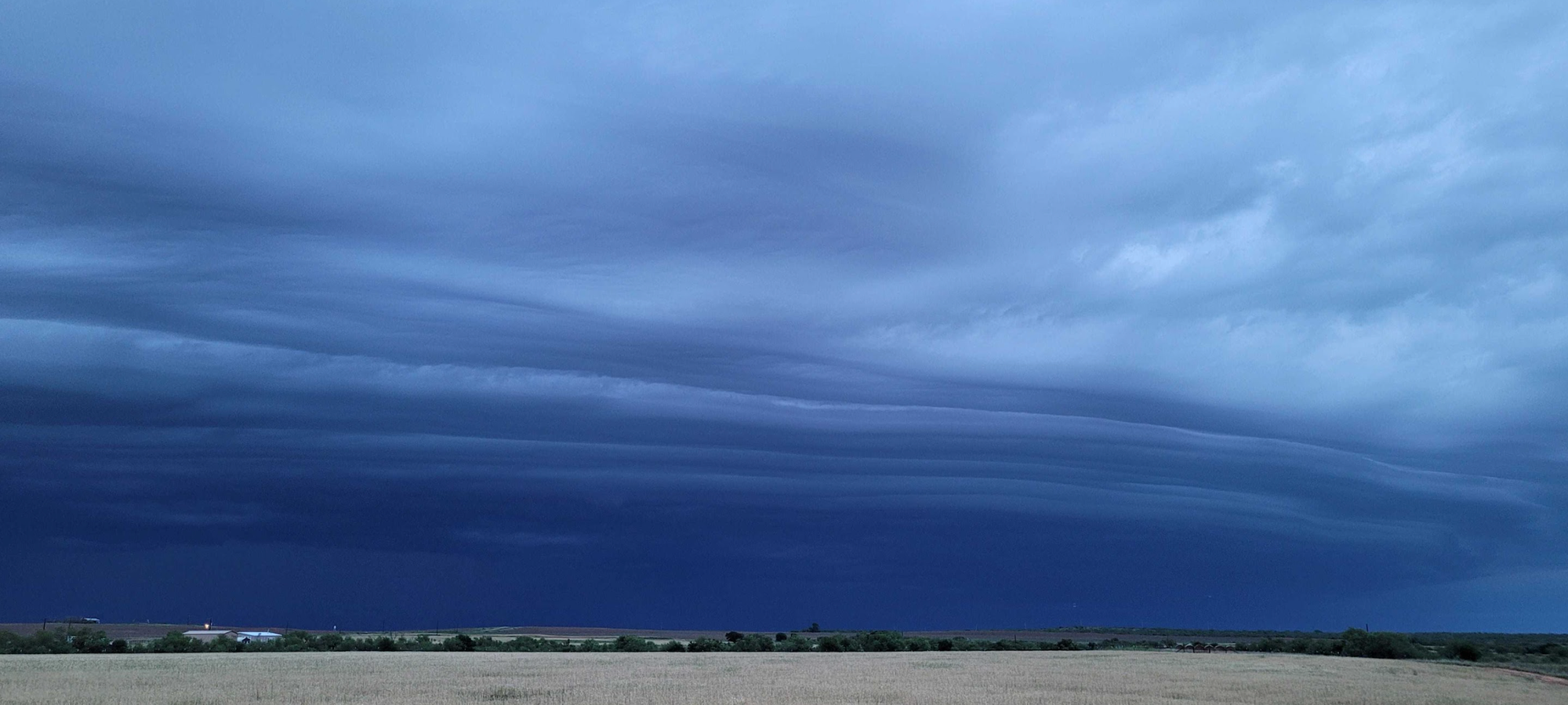
What's crazy about this storm is that the last major Denver hailstorms were in June and July of 2023.
Many of these impactful storms have hailstones that look a bit different, as no hailstone is the same. But what uniquely characterizes these hailstones are the rings inside them.
Many hailstones have a "ring-like" appearance—some being clear and others foggy. This is because of the phenomenon that they are lifted and dropped multiple times, while inside the storm. The fogginess is trapped air in the hailstone, while the clear rings are wet growth(frozen water).
Think of the stump of an oak tree—the rings reflect its age. In a hailstorm, the updrafts and downdrafts create a "melt-and-refreeze" cycle for the hailstone, while it's up in the atmosphere. The more rings, the longer it's been up there—and typically the bigger.
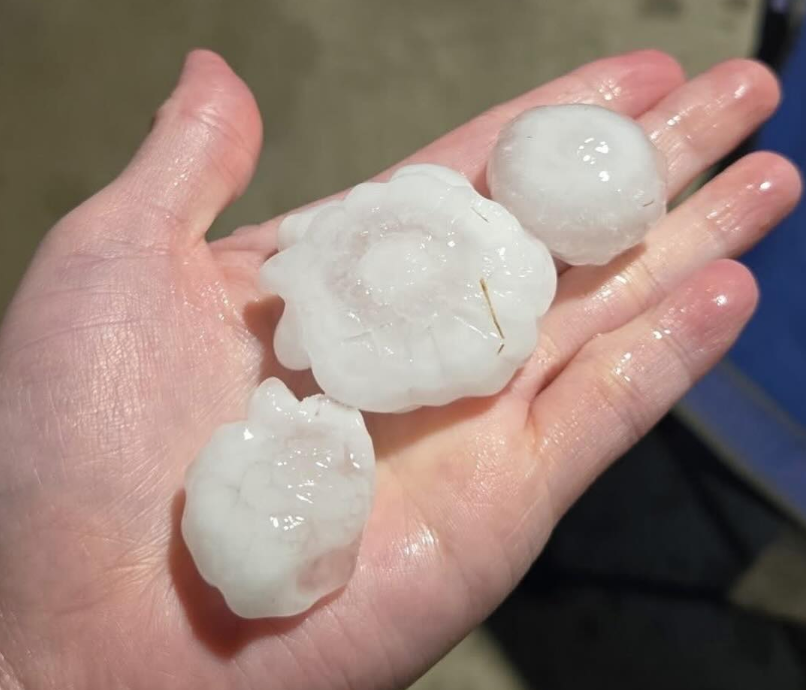
#1 - "7 Layers of Hail" Storm
This brings us to the #1 hailstorm of 2024. Drum roll, please.
This hailstorm marked the first 5-star day of the year in 2024, and the very next day was also a 5-star storm. Yes, two consecutive 5-star days on March 13th and 14th.
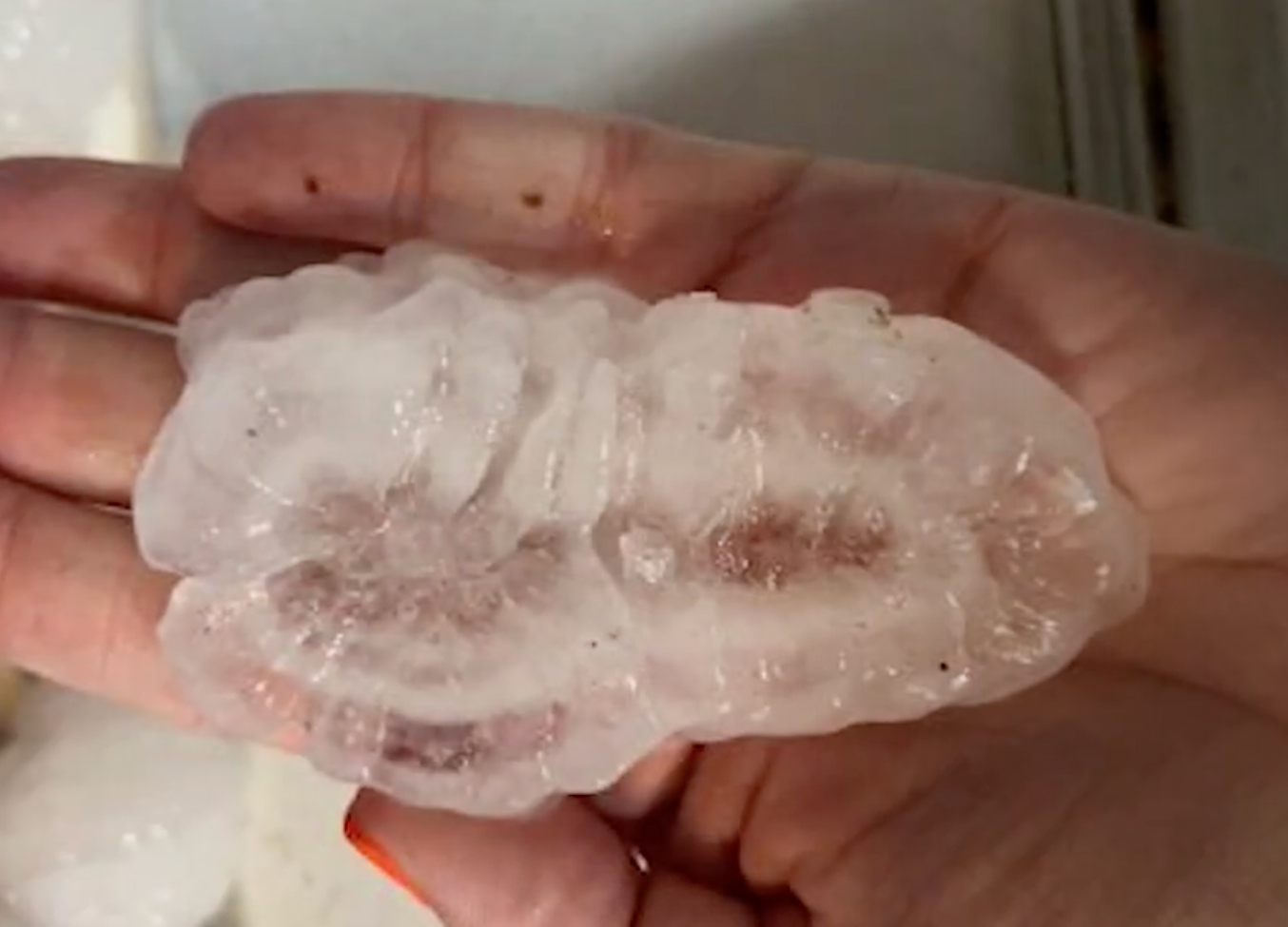
There was a great setup for these storms. A cold front extended from a low pressure system and the right ingredients were in place for an active day. Between hail and tornadoes, this system totaled the US 6.1 billion dollars in damage.
The hail sizes were larger than baseballs in Ohio, Illinois, Kansas, Oklahoma, Arkansas and Texas—that's 7 states, making up the 7 layers of hail. The system also swept through 16 states total.
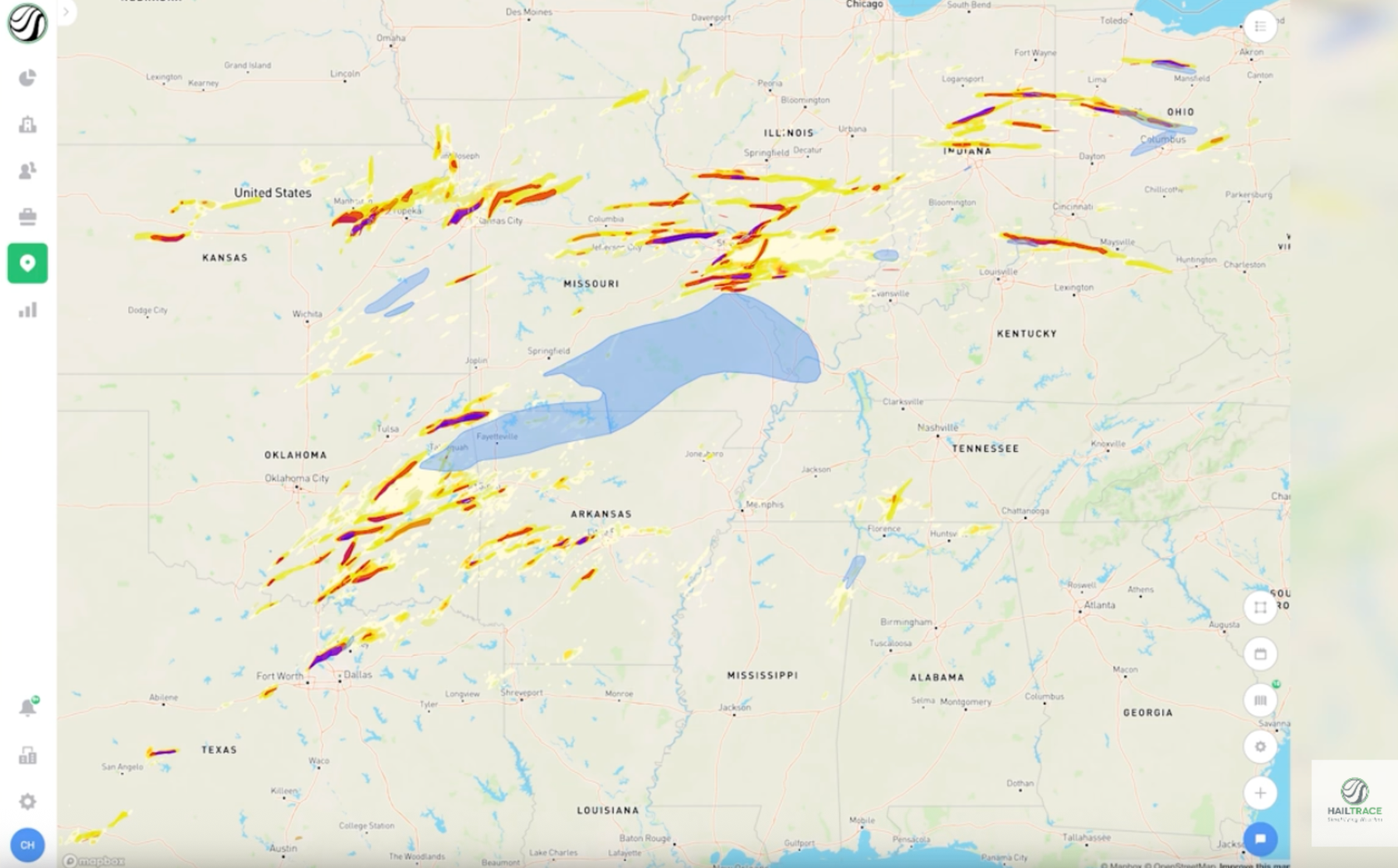
Give Us A Call
If you think there's another 2024 hailstorm that should be added to our list, comment on our YouTube video. Hit the subscribe button for more HailChatter podcasts, released every 2 weeks on YouTube.
For hail, wind, and tornado maps give us a call at 1 (855)334-HAIL or visit HailTrace.com.
